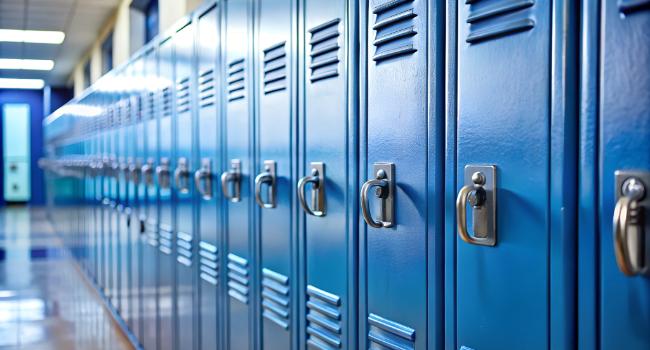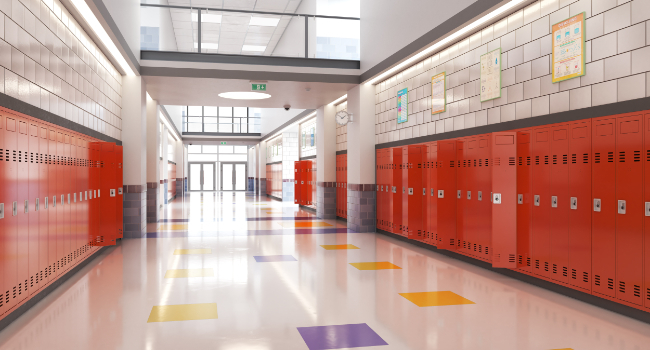
CENTEGIX, the industry leader and most widely adopted wearable safety technology provider for K-12 education, today released its 2025 School Safety Trends Report, the only comprehensive and data-rich analysis of school safety available in the wearable panic button market. The report identifies and outlines the top tech and legislative movements relevant to school safety in the U.S. and draws on data collected in the 2024/2025 school year through the CENTEGIX Safety Platform, including more than 265,000 incidents of CrisisAlert use.
Verkada, a provider of cloud-based physical security solutions, today announced the formation of its School Safety Advisory Board. The board is comprised of nationally recognized leaders in school safety and security and will play a key role in guiding Verkada’s efforts to create safer learning environments across K-12 and higher education institutions.
CENTEGIX, a leader in wearable duress badges, today announced it has been named an Industry Partner by the Texas Hospital Association (THA), a designation that streamlines access to vetted, high-impact solutions for hospitals and healthcare systems across Texas.

Higher education institutions are facing a costly and growing crisis: enrollment fraud. Between 2020 and 2022, the cost[1] of acquiring a new student surged by up to 32%, straining already tight budgets. At the same time, “ghost students” using stolen identities to enroll fraudulently put institutions at even greater financial risk.

Campus security teams have faced myriad risks threatening the safety and well-being of students and faculty this semester. Leaders have made tough tradeoffs about where to focus and how to channel limited resources to best protect their communities — but they now have a much-needed lift to their toolkit.
- By Dave Baker
- April 28, 2025

Students can't focus on learning when they're worried about their safety. As education systems nationwide face evolving security challenges with limited resources, a new generation of integrated technology solutions is helping schools create safer environments while maximizing staff efficiency.
- By Brad Cary
- April 24, 2025

Within higher education campus environments, the demand for greater security, efficiency, and resources is ever-present. Many higher education teams are adopting advanced technologies to secure their campus, streamline operations, and continue to best serve their students and faculty. Automatic license plate recognition (ALPR) technology stands out for its ability to meet a wide range of campus objectives.
- By Bruce Canal
- April 23, 2025

The healthcare industry consistently adopts new technology to address challenges across all of its sectors. Many of the emerging technologies that are available today are being applied to optimize workflow. To enhance their operational efficiency, hospitals and other healthcare providers typically embrace emergent technologies to streamline tasks in patient care, administration, and, of course, security.
- By Matt Kjin
- April 22, 2025

Florida State University law enforcement officials have issued a stay in place shelter advisory after a gunman entered the campus student union and opened fire.
- By Ralph C. Jensen
- April 17, 2025

The importance of investing in school safety cannot be overstated, but knowing where to start implementation of school safety features can be a challenge. A recent survey by the National Center on Education Statistics found that a quarter of U.S. public schools have classrooms with doors that can't be locked from the inside. Even among schools with doors that do lock, recent legislation reflects a common misconception that simply keeping the doors locked all day will eliminate the potential for an attack, in direct violation of PASS (Partner Alliance for Safer Schools) Guidelines.
- By Guy Grace
- March 19, 2025